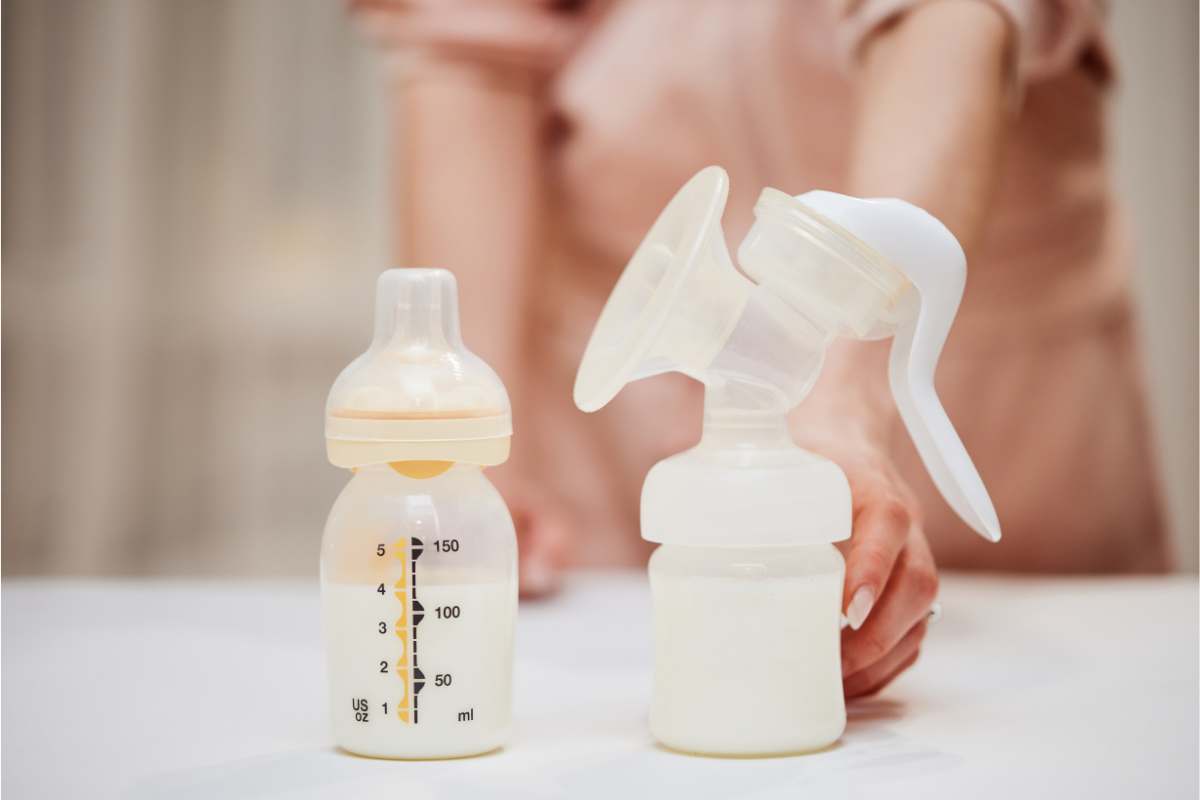Understanding Timing, Supply, and How DISONCARE Keeps Every Drop Protected
For new moms, pumping breast milk is often a way to gain flexibility — letting partners help with feeding, preparing for work, or building a milk stash for later. But many wonder:
“When is it too early to start pumping?”
The answer depends on your breastfeeding goals, your baby’s needs, and how your body adjusts after birth. Here’s what you need to know — plus how DISONCARE’s portable breast milk coolers can help you store and protect every precious ounce safely.
👶 The First Few Days: Focus on Latching, Not Pumping
In the first 3–5 days postpartum, your body produces colostrum, a thick, nutrient-rich milk that provides immunity and energy for your newborn.
During this stage, it’s best to focus on:
-
Establishing a strong latch and feeding rhythm
-
Feeding on demand to stimulate milk production
-
Allowing your supply to adjust naturally
Pumping too early can sometimes overstimulate supply or cause engorgement before your baby’s feeding patterns are consistent.
In most cases, lactation experts recommend waiting about 2–4 weeks before introducing pumping — unless there’s a medical or practical reason to start earlier.
Sources:
🕓 When Early Pumping May Be Helpful
Some parents need to start pumping earlier, and that’s completely okay. You may consider pumping sooner if:
-
Your baby is premature or unable to latch properly
-
You’re separated from your baby (e.g., NICU stay)
-
You want to increase or maintain milk supply
-
You plan to return to work soon after birth
In these cases, using a hospital-grade or double electric breast pump can help stimulate supply until breastfeeding is established.
Tip: Start with short, gentle sessions — about 10–15 minutes per breast — and adjust as your body responds.
Sources:
🧊 Keeping Milk Fresh: Why Cooling Matters from the Start
Whether you’re pumping early or later, proper storage is essential for maintaining nutrients and safety.
Breast milk can:
-
Stay fresh up to 4 hours at room temperature (77°F / 25°C or below)
-
Be kept in a DISONCARE breast milk cooler for up to 20–30 hours, depending on model
-
Last up to 4 days in the refrigerator and 6–12 months in the freezer
That’s why many new moms trust DISONCARE for safe, portable milk cooling — especially when pumping away from home.
✅ Recommended for:
-
Early pumping moms establishing a routine
-
Working mothers building a milk stash
-
Commuting or traveling parents who need reliable cooling on the go
DISONCARE’s precision insulation keeps breast milk at optimal temperature, so you never have to worry about spoilage — whether you’re at the hospital, in the office, or on a road trip.
💞 The Bottom Line
It’s usually too early to pump during the first few days, unless medically necessary. Once breastfeeding feels consistent — often around 2 to 4 weeks postpartum — you can start pumping to store extra milk or relieve fullness.
No matter when you start, every ounce of milk represents effort, love, and care.
With DISONCARE’s reliable cooling, you can make sure it stays as safe and nourishing as the moment it was pumped.
📚 References
-
American Academy of Pediatrics (AAP). Breastfeeding and Nutrition
-
La Leche League International. When to Start Pumping
-
Centers for Disease Control and Prevention (CDC). Proper Storage and Preparation of Breast Milk
-
U.S. Department of Health & Human Services, Office on Women’s Health. Pumping and Storing Breast Milk

